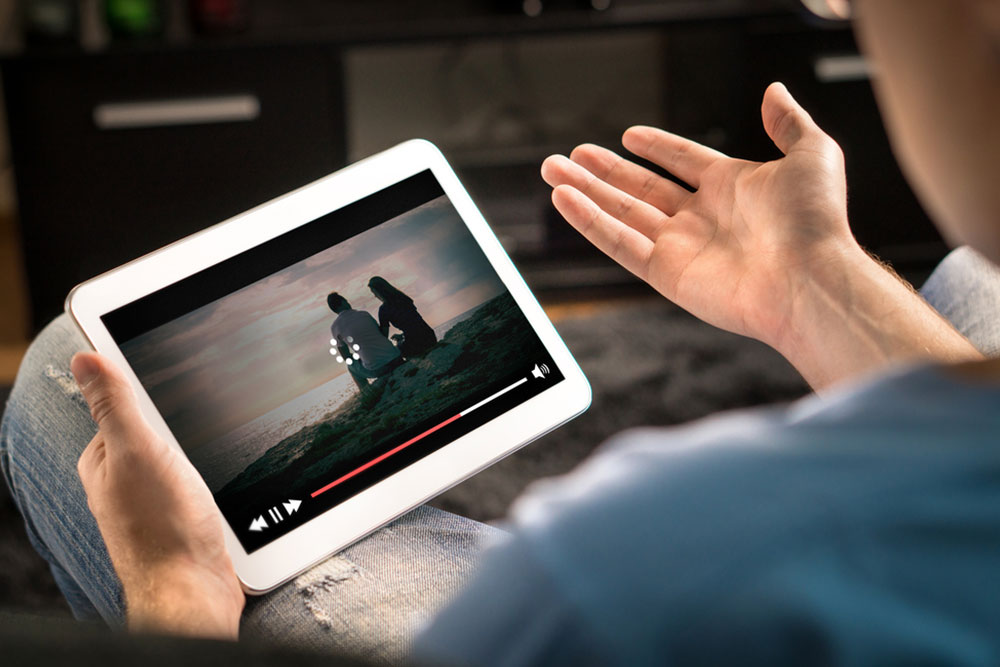Guide to Modern E-Book Readers and Features
Explore the essentials of modern e-Book readers, including display types, sizes, formats, and features to make an informed purchase. This guide helps users understand what to look for and how to select the perfect device based on their needs and budget.

Complete Guide to E-Book Devices and Accessories
Everything you need to know about e-Book readers and related accessories
An e-Book reader, also known as an electronic book device, is a compact electronic gadget designed for browsing and reading digital books, known as eBooks. It’s an essential tool for avid readers and professionals handling documentation daily.
Most eReaders feature low-glare, black-and-white screens and are not typically backlit. Compared to laptops or desktops, these devices are slim with extended battery life, supporting various file formats like EPUB, PDF, and TXT.
When choosing an e-Reader and accessories, consider key features to ensure the best purchase.
Display Type
e-Readers come with electronic ink screens or LCD touchscreens. Your choice depends on your needs for clarity and convenience. Major brands like Amazon, Kobo, Bookeen, and Apple offer both options. Compare contrast and resolution to pick the optimal display.
Size and Weight
With increasing popularity, e-Readers are available in various sizes. Compact models like Kindle and Nook are lightweight and portable, while larger options such as the iPad Pro offer bigger screens but are heavier.
Control Interface
e-Readers feature button controls or touchscreens. Devices with physical buttons are usually more energy-efficient and easier to operate, whereas touchscreens may consume more power but offer versatile navigation. Manufacturing quality influences functionality.
Supported Formats
Ensure your selected device supports formats like EPUB, PDF, TXT, and HTML. Many devices are compatible with multiple formats, but some proprietary formats like AZW are exclusive to specific brands like Kindle.
Additional Features
Decide whether you want basic reading capabilities or additional features like music playback and web browsing. Some e-Readers function as small computers, offering multimedia features.
Storage Capacity
The internal storage determines how many eBooks and media files you can store. Higher capacity devices allow more content, and some support external SD cards for expanded storage.
Pricing
Price plays a crucial role; average e-Reader costs around $99, though advanced models with extra features may be pricier. Compare prices across retailers and consider your budget before purchasing.










